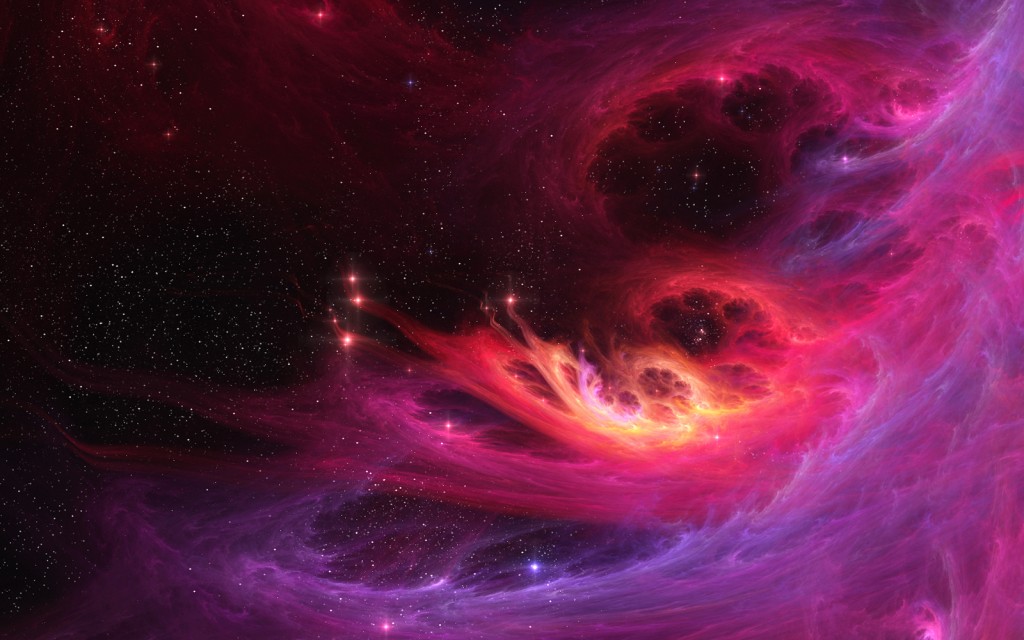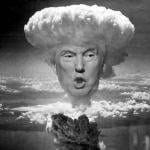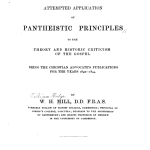
(Wikimedia Commons)
A few more of my rather raw notes toward an eventual manuscript*:
“At the fundamental level,” observes physicist David Gross, “nature, for whatever reason, prefers beauty.”[1]
Science writer K. C. Cole says that “the same properties that make a snowflake appealing underlie the laws that control the universe. Truth and beauty are two sides of a coin.”[2] “The selfsame symmetries . . . appeal to the senses in art and music and natural forms like snowflakes and galaxies. The fundamental truths are based on symmetry, and there’s a deep kind of beauty in that.”[3]
And here’s a passage from the eminent British priest and physicist John Polkinghorne:
Again and again in physical science we find that it is the abstract structures of pure mathematics which provide the clue to understanding the world. It is a recognized technique in fundamental physics to seek theories which have an elegant and economical (you can say beautiful) mathematical form, in the expectation that they will prove the ones realized in nature. General relativity, the modern theory of gravitation, was invented by Einstein in just such a way. Now mathematics is the free creation of the human mind, and it is surely a surprising and significant thing that a discipline apparently so unearthed should provide the key with which to turn the lock of the world.
It is this fact of intelligibility which convinces one that science is investigating the way things are. Its insights are certainly open to correction. As access is gained to new regimes, profound modifications can be called for. Thirty years ago, when I was a young research student, no one had dreamed of quarks and gluons. Who can feel confident that thirty years hence they will still be seen as the ultimate constituents of matter? Nevertheless the coherence of the inquiry into the structure of matter, the beautiful way in which the properties of previously “elementary” objects like protons and neutrons find a natural explanation in terms of their new constituents, makes one feel that it is a tale of a tightening grip on an actual reality.[4]
Physicist Sir James Jeans concluded that “The Great Architect of the Universe now begins to appear as a pure mathematician.”[5]
[1] Cited by K. C. Cole, The Universe and the Teacup: The Mathematics of Truth and Beauty (New York: Harcourt Brace, 1997), 1. At the time of his statement, Professor Gross was serving as director of the Institute for Theoretical Physics at the University of California, Santa Barbara.
[2] Cole, The Universe and the Teacup, 4.
[3] Cole, The Universe and the Teacup, 11.
[4] John Polkinghorne, The Way the World Is (Grand Rapids: Eerdmans, 1983), 9.
[5] Cited by Cole, The Universe and the Teacup, 10.
* It appears that one of my more personally hostile critics is accusing me of plagiarism in these notes. Well, they’re notes from my reading. I don’t claim anything else for them. But, I guess, if you want to call note-taking “plagiarism,” they’re plagiarized. To my taste, my critic seems to have set his plagiarism-detection device at far too high a level of sensitivity in this regard, and that’s yielding false positives. But anonymous online critics are free to do whatever they choose, I suppose, and this critic is plainly enjoying himself.
Posted from Salt Lake City, Utah










